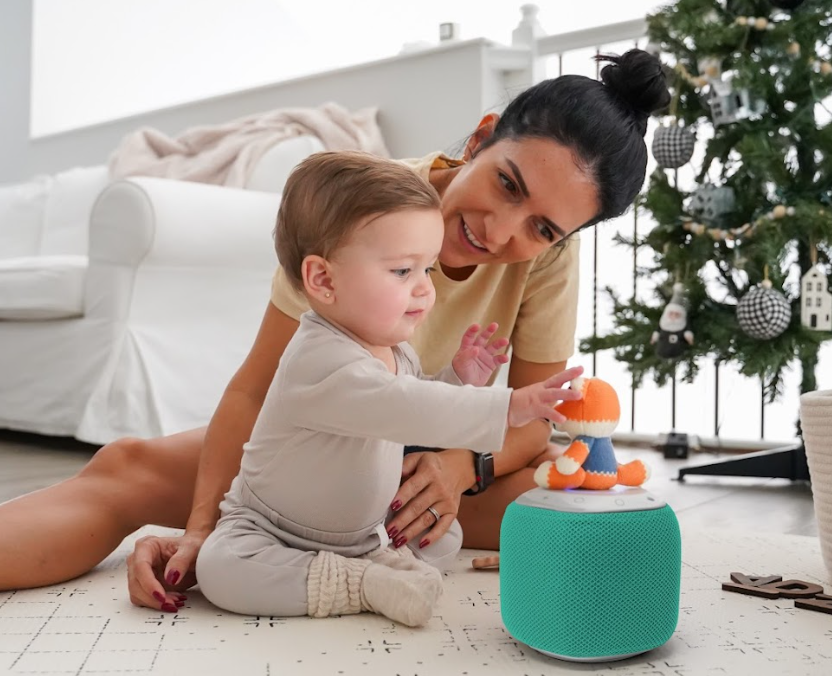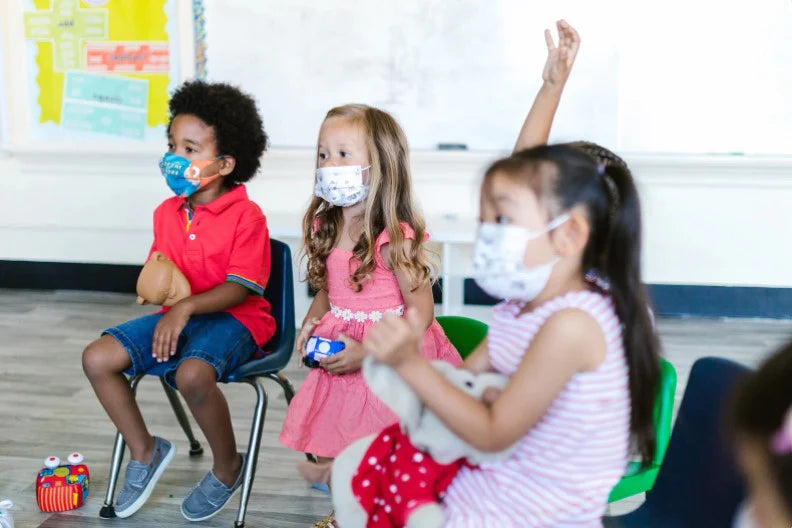Parenthood brings with it a myriad of questions and uncertainties, especially when it comes to the ever-changing sleep patterns of our little ones. As children grow older, their sleep needs evolve, and parents often wonder if their 3-year-old should still be taking naps. The answer, of course, is never straight forward and depends on the individual needs of your child. In this blog post, we'll explore the benefits of napping, signs that your child may be ready to transition away from naps, and tips for managing your child's sleep routine.
The Importance of Napping
Naps play a vital role in a child's development, even as they reach the age of 3. Napping offers several benefits, including:
- Rest and Rejuvenation - Just like adults, children also need time to recharge and restore their energy levels. Napping during the day can help them feel refreshed and ready to engage in activities later in the day.
- Cognitive Development - Studies have shown that napping can enhance a child's cognitive abilities, including memory, attention span, and problem-solving skills. Naps provide an opportunity for the brain to consolidate information and promote optimal learning.
- Emotional Well-being - A well-rested child is more likely to be in a positive mood and exhibit better emotional regulation. Naps can prevent overtiredness, which often leads to irritability and meltdowns.
Signs of Transitioning Away from Naps
While napping is generally beneficial for 3-year-olds, some children may naturally start showing signs of readiness to reduce or eliminate their daytime sleep. Keep an eye out for the following indicators:
- Difficulty Falling Asleep at Night - If your child consistently has trouble falling asleep at their regular bedtime, it might be a sign that they are no longer in need of a daytime nap.
- Consistently Refusing Naps - If your child consistently resists or refuses naps, even when they appear tired, it may be a sign that they are ready to transition away from them. However, be mindful that occasional nap refusals can occur due to factors like excitement or changes in routine.
- Extended Wakefulness - If your child is consistently able to stay awake and engaged throughout the day without displaying signs of tiredness or crankiness, it might indicate that they no longer require a nap.
Managing the Sleep Routine
If you notice signs that your 3-year-old may be ready to transition away from napping, it's important to manage their sleep routine effectively. Consider the following tips:
- Gradual Transition - Instead of abruptly eliminating naps, try gradually reducing their length or frequency. Start by shortening the nap duration or allowing them to skip a nap every other day. This gentle transition can help your child adjust more easily.
- Quiet Time - Even if your child no longer naps, incorporating a designated quiet time into their routine can be beneficial. Encourage them to engage in quiet activities such as reading, coloring, or listening to calming music (Storypod has some great relaxing music options in their Craftie Collection, such as Sammy Songbird and Daniel Tiger). This allows for a brief period of rest and relaxation.
- Consistent Bedtime - Ensure your child has a consistent bedtime that allows for an adequate amount of nighttime sleep. Adjusting their bedtime earlier may help compensate for the lack of a daytime nap, ensuring they receive enough overall rest. Read more about creating the perfect bedtime routine here!
Conclusion
Every child is unique, and while some 3-year-olds may still benefit from napping, others may naturally outgrow the need for daytime sleep. Pay attention to your child's behavior, cues, and overall sleep patterns to determine whether they are ready to transition away from napping. Remember, maintaining a consistent sleep routine, providing a quiet time alternative, and prioritizing an appropriate bedtime are key factors in ensuring your child gets the rest they need for optimal growth and development.








